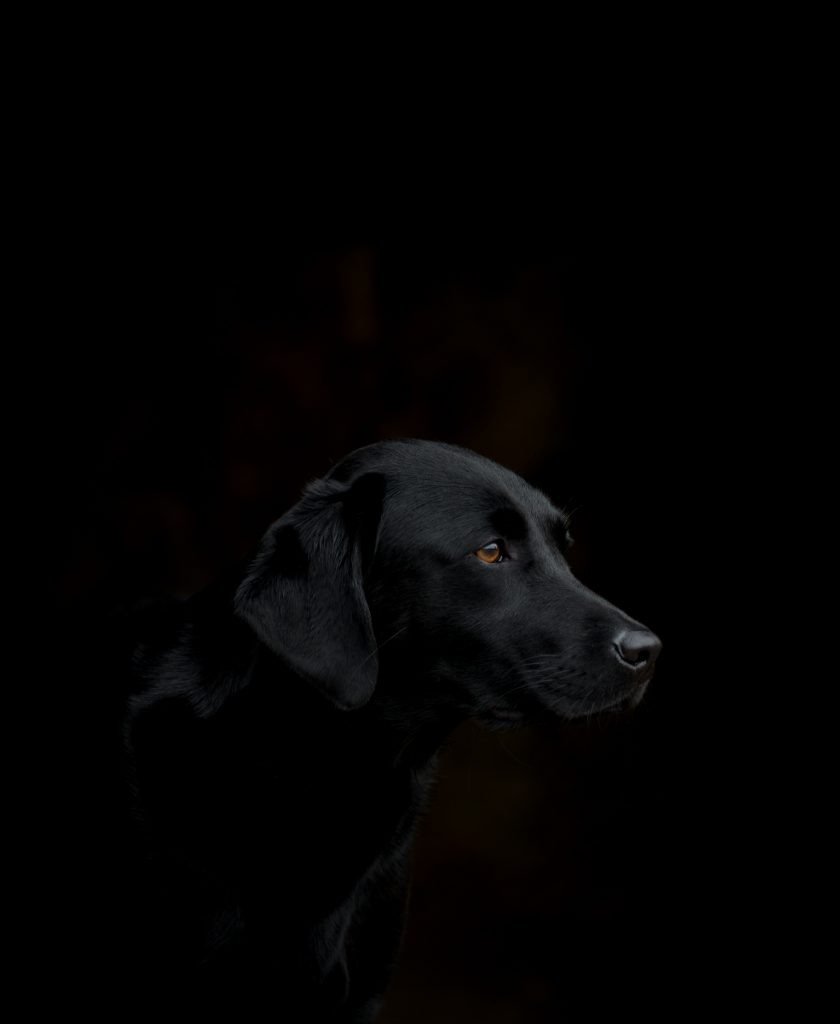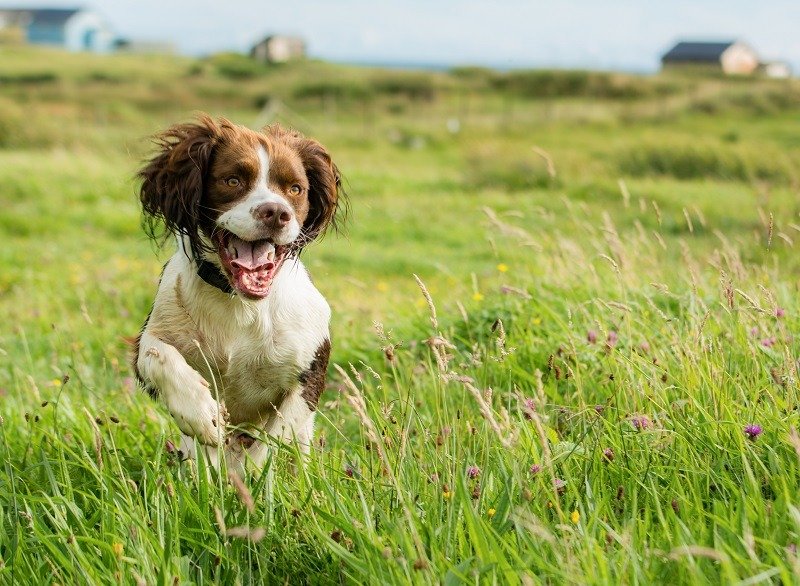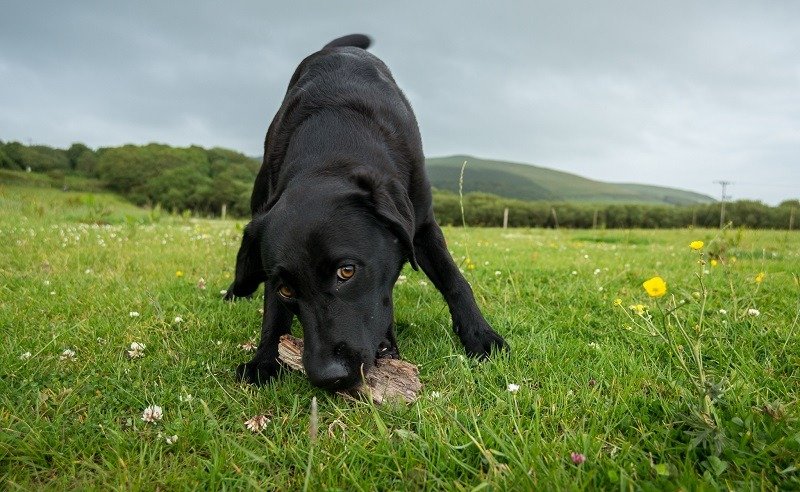6 quickfire photography tips for dogs
by Alex W.
Following on from our photography tips for beginners, Click and Learn Photography continue our bitesize series with some quickfire photography tips for dogs.
The saying goes that you should never work with children or animals, but what that saying fails to take into account is just how rewarding working with these admittedly difficult subjects can be!
That applies to photography as well. Getting your (or somebody else’s) dog to pose perfectly for a photo can be arduous, but little is more rewarding than capturing that perfect moment to immortalise your pet.
There are some ways you can make it easier (and your shots better) though:
1. Bribe them
The first step in successful dog photography is getting him or her to do what you want. Anybody that’s owned a dog will know that is a lot easier said than done.
You know what makes it easier? Food. Or toys. Or both.
Find the dog’s Achilles heel and use it to bribe them. Get them to sit for a treat or attract their attention with a toy, then pray they hold that position long enough to grab your shot.

2. Get down!
And by that I mean get yourself down to the dog’s level, or even below it.
Everybody sees dogs from human height, but taking photos from our own eye-level (usually) makes for really boring photos that offer nothing creative,. Of course, there are some exceptions to this.
Crouch or lie down and suddenly you’re in the dog’s world. It strengthens the relationship between the viewer and the subject, offers a new perspective and generally just makes for a more interesting image.
3. Get those eyes in focus
There are some occasions where you’ll want to specifically focus on a different part of the dog, but in most scenarios getting the eyes in focus should be priority number one from a technical standpoint.
The viewer will overlook an out-of-focus nose or ear, but if the eyes are out even by a little bit it will be the first thing they notice, even if it’s subconscious.
Eyes are the windows to the soul, as they say, and that is most definitely true for dogs. The eyes tell you everything and offer a connection to the viewer, so you want them as sharp as possible.

4. Think about the background
One of the first rules of portrait photography is to make sure the background is in order. No telephone poles sticking out of the model’s head or distractions in the background.
The same is true of dog photography.
Make sure the background is as uncluttered and inconspicuous as possible if you’re taking a traditional dog portrait or, if you’re going for more of an action shot, make sure all the focus will be on the dog with the background only there to provide a bit of context.
5. Go wide
Most dog photography tends to be taken between 50mm and 200mm focal lengths, but don’t limit yourself to these relatively normal perspectives.
Instead, strap on a wide-angle lens and get creative.
It requires practise and patience but the reward is often a truly unique image of your dog.

6. Be patient
Look, dog photography is hard. When you’ve got that perfect image in your mind’s eye but simply can’t get the dog in the right place it’s frustrating, but nothing will ruin your chances more than showing that frustration.
Be calm and patient and eventually you’ll get there. Even if you don’t, at least you got to spend some time with your dog and possibly taught them something too!
More from Click and Learn Photography
Ultimate Guide to beach photography
11 best lenses for wildlife photography
Composition tips: The Rule of Thirds explained
 |
 |
 |
 |

About Alex W.
Alex is the owner and lead writer for Click and Learn Photography. An avid landscape, equine, and pet photographer living and working in the beautiful Lake District, UK, Alex has had his work featured in a number of high profile publications, including the Take a View Landscape Photographer of the Year, Outdoor Photographer of the Year, and Amateur Photographer Magazine.
Thoughts on "6 quickfire photography tips for dogs"
 |
 |
 |
 |
You can Get FREE Gifts. Furthermore, Free Items here. Disable Ad Blocker to receive them all.
Once done, hit anything below
 |
 |
 |
 |